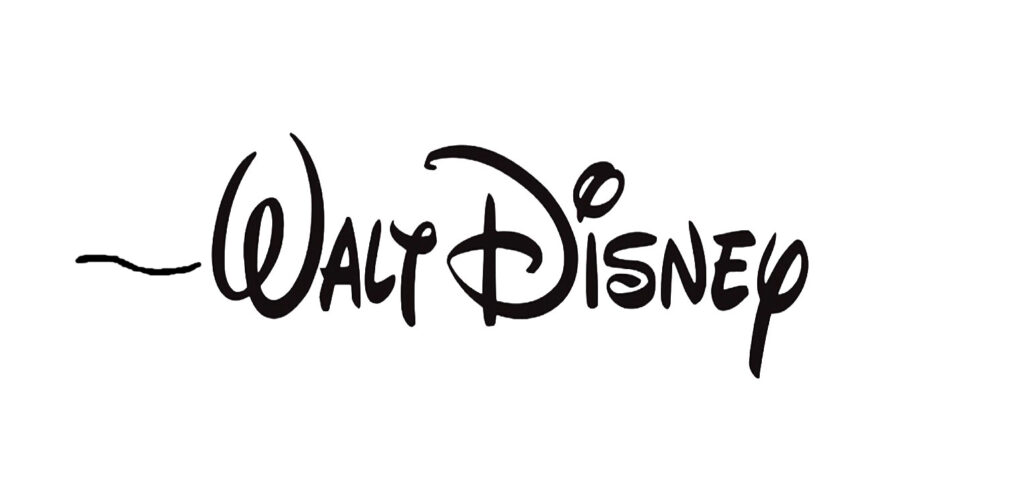AMONG THE WONDERS OF THE WORLD
Although Disney’s creations share with other forms of cinema the telling of stories, the big difference is that originally everything on the screen was drawn or painted by hand, a fact which aligns them more closely with pictorial fine art. (In 2011 Spielberg tried his hand at feature-length animation in The Adventures of TinTin, a quite credible effort though the images are computer-generated rather than hand-drawn.)
The renowned British actor Sir Peter Ustinov (1921-2004) declared that Walt Disney’s animated features are among the Wonders of the World, ranking right up there with Egypt’s Pyramids at Giza, the Colossus of Rhodes and the lesser-known other five. He arrived at this appraisal after having observed the rigors of production during his stint performing the voices of King John and Richard the (literally!) Lion-hearted in Disney’s animated feature Robin Hood (1973), a vulpine version of the classic tale. Ustinov’s lavish estimation pays tribute to the elaborate production processes and multiplicity of talents that go into the creation of such a film. In part, Disney himself seems to have agreed with the actor, remarking “The motion picture has become one of the marvels of all time…”[1]
The amazing aspect of Disney’s animated features which garners for them such elevated esteem as Ustinov’s is their capacity to enthrall spectators with such seeming ease, to catapult audiences blithely into realms of pure and thoroughly alien fantasy, to gain complete acceptance on their own fantastical terms and to provoke such willing, almost conspiratorial suspension of disbelief. As a critic for prestigious Stage Magazine (New York) remarked in 1938 after the debut of Snow White and the Seven Dwarfs, “With an incredible amount of labor, money and artistry [Disney] has produced a ninety-minute respite from all reality.” Years later influential Chicago film critic Roger Ebert (1942-2013) elaborated,
If the film is any good…the audience for a brief time is somewhere else, sometime else, concerned with lives that are not its own. Of all the arts, movies are the most powerful aid to empathy, and good ones make us into better people…[2]
It is this very trait – empathy – which lends Disney’s animated features their sublime, awesome uniqueness. However it also causes them to be taken so sadly, ubiquitously for granted, often to be dismissed as mere silly diversion. Audiences of adults coming away from Snow White and the Seven Dwarfs, for example, who have only moments before deeply empathized – even wept – with the little men over their heroine’s deathlike sleep, quickly forget their emotion (or more likely sublimate it with a twinge of embarrassment). After that film’s star-studded Hollywood premiere such luminaries as Charles Laughton, Elsa Lancaster, Clark Gable, Carol Lombard and John Barrymore departed back down the canopied carpet and as animator Ward Kimball (1914-2002) recalls
“…they came out and they were rummaging around putting on dark glasses so no one would know they had been crying and their eyes were all red…”[3]
Adults attending a “mere cartoon” seem unable to recall and/or admit that they were so powerfully moved by nothing more really tangible than a series of drawings flashed in rapid succession on a movie screen, that is, by an illusion concocted wonderfully out of “thin air” and made as credibly palpable and engrossing as the reality they have stepped into out of the darkness of the movie theater.
[1] Smith, Dave: The Quotable Walt Disney, Disney Editions, NY, p.27.
[2] Ebert, Roger: “What Makes a Masterpiece?”, theguardian.com/film/2002/apr/21/features
[3] Korkis, Jim: The Vault of Walt, AyefourPublishing.com, 2010, p. 128 – 129.
